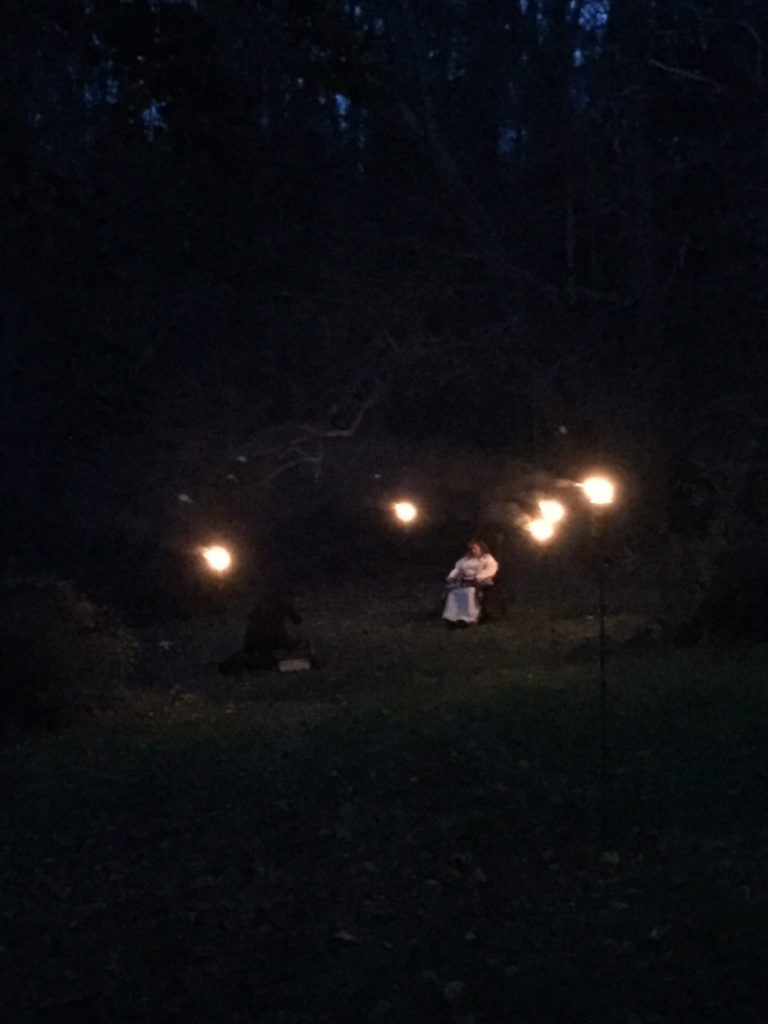What’s the Role of Women in Ásatrú?
Pre-Christian Germanic culture held women in high esteem, and contemporary Ásatrú does as well. Historically, women were equal before the law in terms of rights; they could own property, act as witnesses in legal disputes, and divorce their husbands. Indeed, in many ways women were placed above men; they were considered to be the ones who ran the household, which is why the symbolic passing of the keys to the wife was so significant; it marked her as the one who was in charge. Women warriors were also not unknown, and modern archaeology leads us to believe female warriors were even more common than had been believed; evidence from graves confirms that they were among the earliest waves of settlers in new lands. They could own property, and while no examples of female skalds remain in the literature, there are plenty of examples where women are praised for their intellectual prowess.
There were roles that women were deemed to be specially adept at, especially in the realm of prophecy and magic. Migration-era histories from Greek and Roman authors inform us that certain of these prophetesses (Old Norse völvá) were held in great reverence and awe, and that large decisions waited upon their input. These examples recall the later examples we have of wandering spákonas that would visit farms and speak to the land-spirits for prophecies, who were similarly held in great esteem.
So historically, the pattern of equality of the sexes under the law is nuanced by the elevation of women in certain roles that emphasize their connection to the spirits and prophecy. Modern Ásatrú embraces this equality, and similarly recognizes that in some cases, there are things that women are just better at than men (and vice versa), but also that there are always exceptions that prove the rule.
